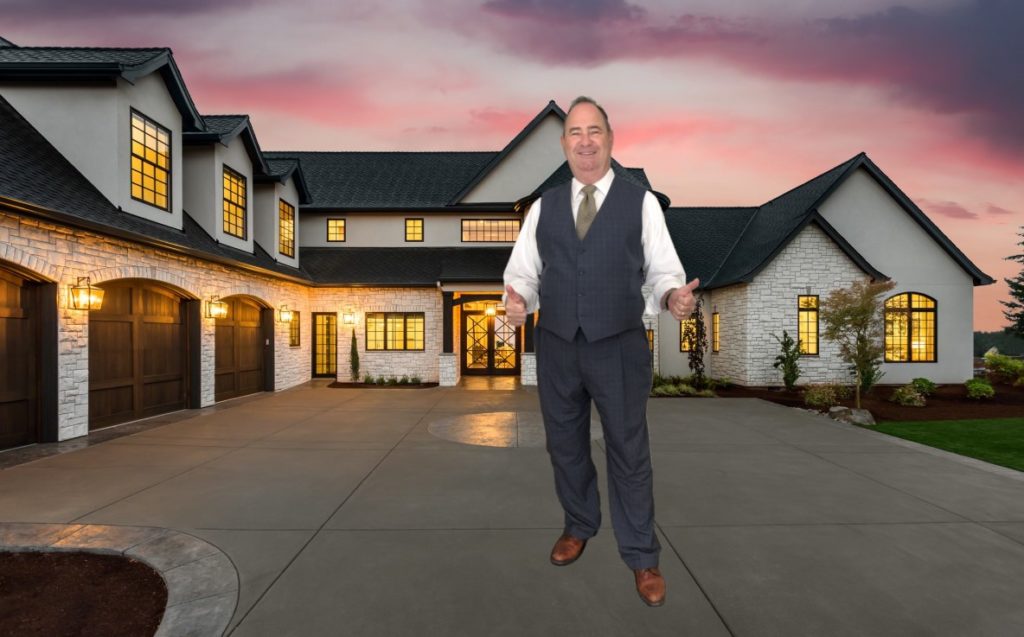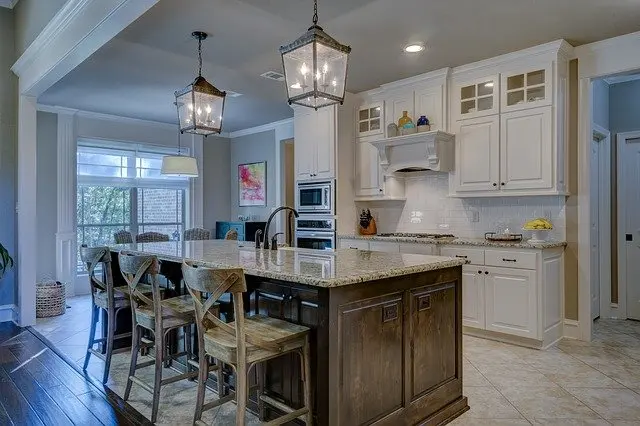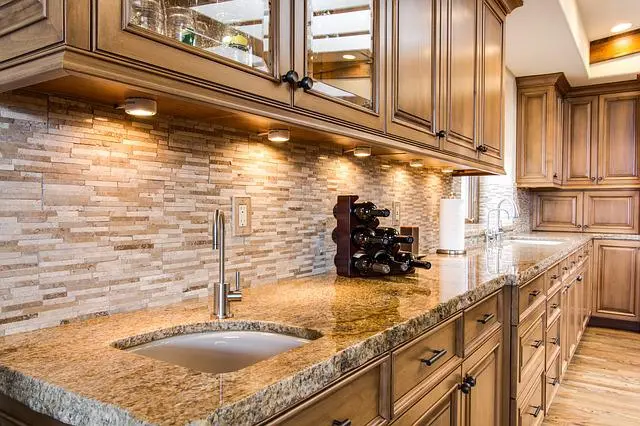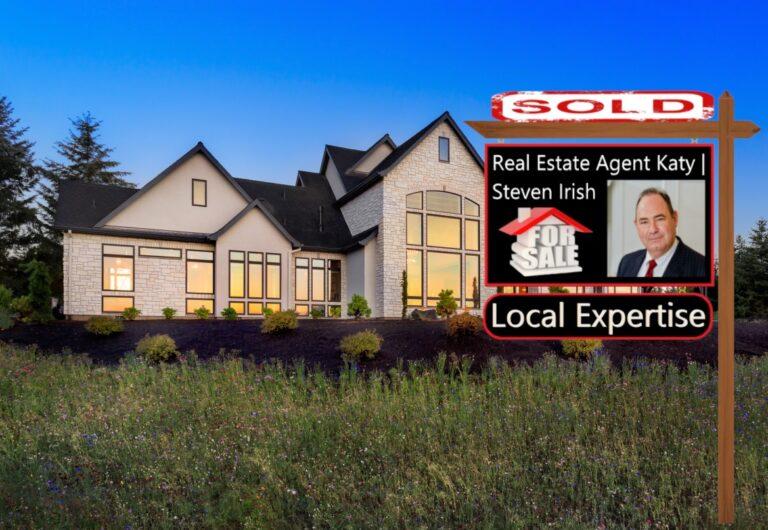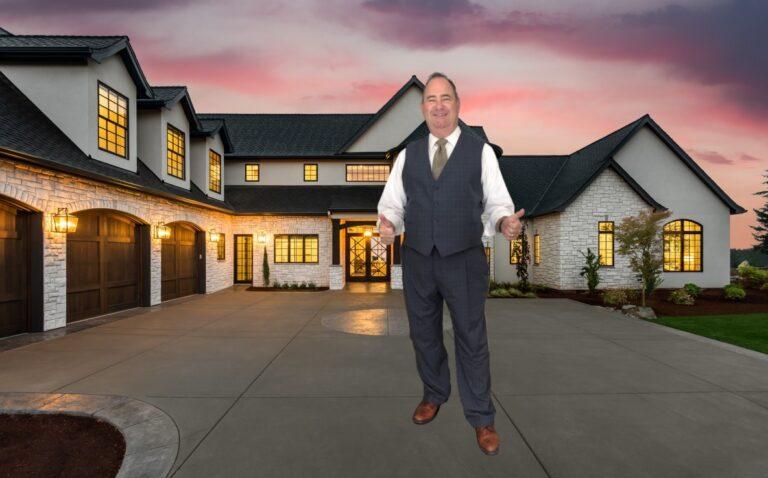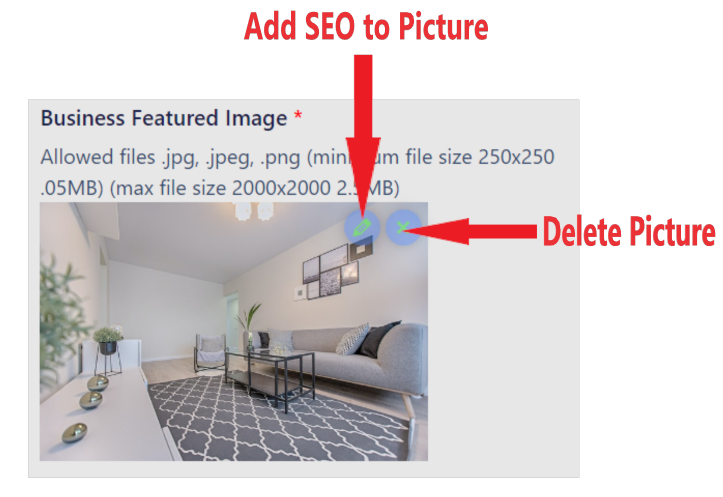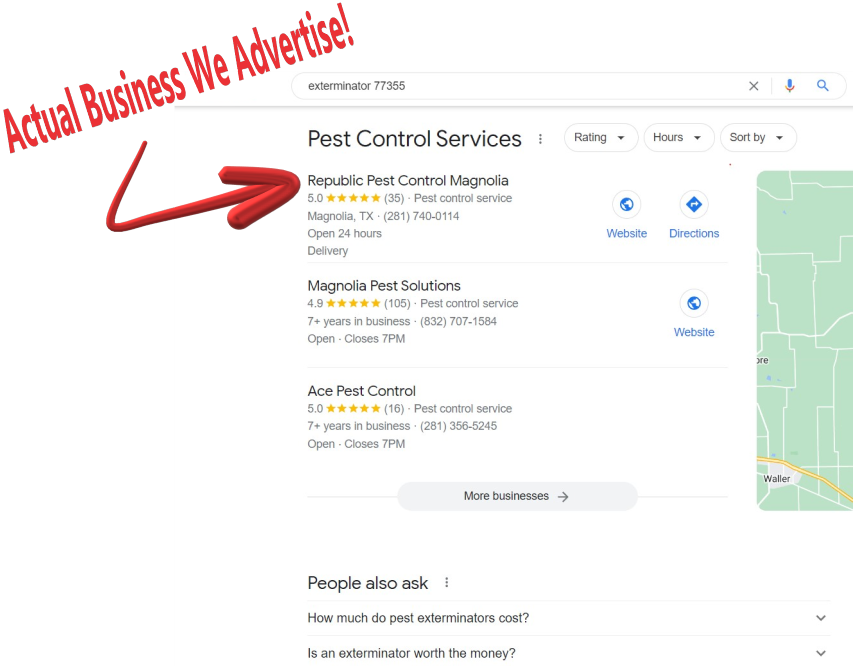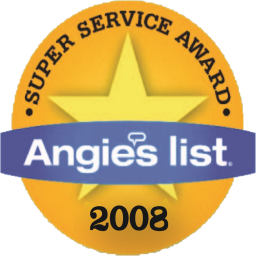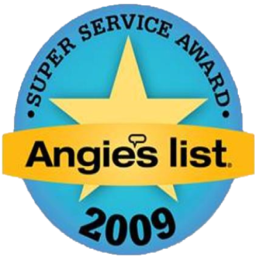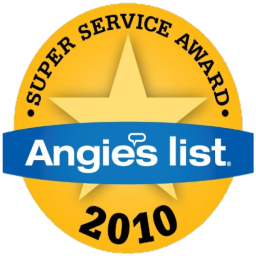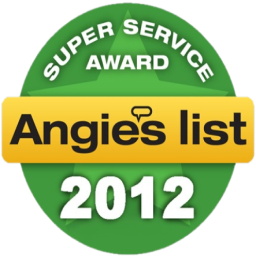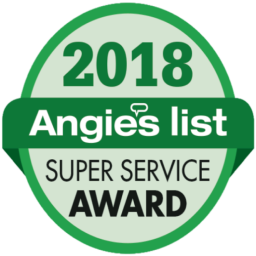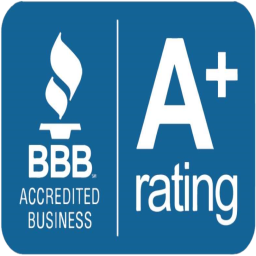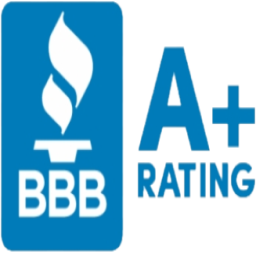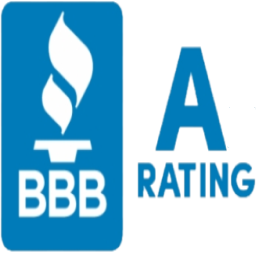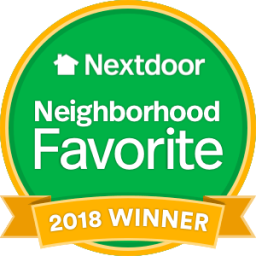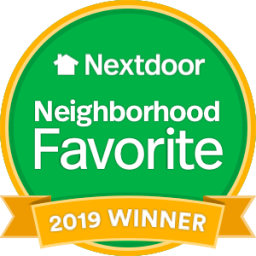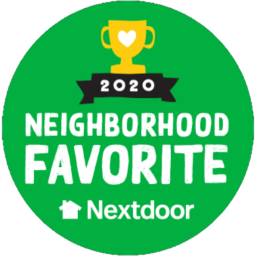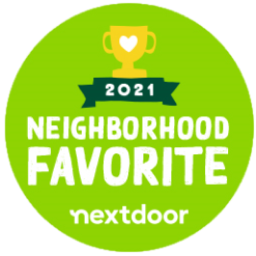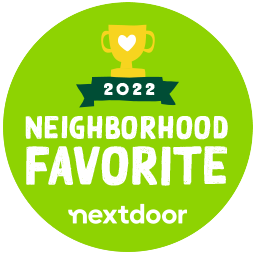As a buyer’s agent Steven is able to search databases efficiently to find the best homes within your price range and provides a crucial, objective opinion. While home buyers tend to fall in love with a nice view or large kitchen Steven helps clients see the whole picture by pointing out less favorable characteristics like foundation issues, leaky roofs or plumbing problems. Small problems don’t have to be a deal breaker and can be great for price negotiations!
There’s no substitute for the boots-on-the-ground experience you’ll get when Steven Irish represents your home as the “Sellers Agent”. In addition Steven Irish leverages the internet to list your home on the MLS and third-party websites like Zillow and Trulia. Steven is a skilled negotiator with decades of real estate experience, knows comparable home prices in the Katy & surrounding area and represents the home seller to provide maximum ROI.
Whether you want to turn your current home into a source of revenue by renting/leasing or you’re looking for a home to lease – Realtor Steven Irish has a winning solution to fit your need. From helping tenants find a lease in an area they desire at a budget they can afford to helping new & existing businesses find commercial real estate to fit their business niche – Steven has a network of real estate talent from around the world to assist in every instance.
The most common type of residential real estate is single-family homes, otherwise known as standalone homes. These homes are not attached to another residence and they do not share walls with any other home.
Most neighborhoods consist of single-family homes that are detached and separated by yards and fences. The purchase price you pay for a single family home includes the plot of land that the home is sitting on. The land typically has enough space for a front yard, back yard, and two side yards. Depending on where you purchase your home depends on the size of your yard. If you purchase a single family home in a mater-planned community you most likely will not have as much of a front, back, and side yards as you would if you purchased a home in a more rural area.
Another aspect of single-family homes is that you have direct access to your home from a street, unlike in a condo or sometimes townhome. This also means you will have a driveway with either a garage, detached garage, or carport. Privacy is a huge benefit to single-family homes. With no shared walls you have plenty of separation between your neighbors and yourself. Add in a fence and you have even more privacy. With a fence you can put in a swimming pool and enjoy lazy afternoons with your family. Neighbors won’t be able to just walk outside and see what all you and your family are busy doing. With a single-family home there is also the option to expand at any time depending on your neighborhood and possible homeowners association rules. This allows for plenty of freedom and endless opportunities.
Each living space has its own kitchen, bathrooms, entrance, and even its own address. The entrance may be at the front of the house, side, back, or upstairs. A lot of multi-family homes initially started as very large single-family homes. Over time either the original owner or new property owner divided the home into multiple living spaces.
Multi-family homes separated into two living spaces are called duplexes. Duplexes can either be side by side or one on top of the other. A wall, floor, or ceiling separates the units and they have their own entrances. The yards and garages can either be separate or shared. A triplex is very similar to a duplex but instead of two units it has three units of living space. Another difference between a duplex and triplex is that one of the units can share two walls instead of both units only sharing one wall. It is the same in that each living space has its own kitchen, bathrooms, entrance, and address.
Multi-family homes are great for multi-generational families that want to stay close to each other without having to buy multiple properties. Multi-family homes are also great for those considering investing in rental properties. It is a nice transition for those new to rental property ownership since you can live in one of the units, rent free depending on what rates you charge.
The difference between condos and apartment buildings is that condo residents actually own their units. They do not pay rent to a landlord or apartment company.
Condos have common areas that are equally owned by all of the condo residents. This includes pools, fitness centers, hallways, walkways, laundry rooms, activity rooms, etc. The responsibility of maintaining utilities like water, air conditioning, elevators, fire extinguishers, and fire detectors also all fall onto the condo owner’s.
Most condos have homeowner associations that take care of any issues that arise. Condos are ideal for homebuyers that are looking for their property they can own but without all of the up keep that comes with owning a single-family home. There are no lawns needing mowing or landscaping and no gutters to clean out. Costly foundation repairs are of no concern to a condo owner. Condos are mostly found in urban areas as well so it comes with the perks of city life living and all the activities that come with it. Condos are often less expensive then single-family homes so they are a great option when looking for a permanent residence.
Townhomes have their own entrances and usually have designated parking spots. A big plus that townhomes have over condos and apartments is that they typically come with a front yard area and some sort of backyard space. Some even come with a small backyard or a covered patio.
Townhomes can have great amenities like pools, fitness centers, and clubhouses. A lot of townhome communities have homeowner associations that take care of lawn maintenance, exterior maintenance, like paint touchups, and small home repairs.
Townhomes are great for first time homebuyers or buyers who can’t afford a single-family home. They are also larger then most condos so they are a nice option for homebuyers who want that extra living space. Whether you are looking for a single-family home, multi-family home, condominium, or townhome, there is something for everyone within residential real estate.
Retail – Retail commercial real estate consists of many different types of retail centers. The one that comes to mind most are big box retailers like Wal-Mart and Lowes. These retailers stand-alone but typically have fast food restaurants or smaller retail strip centers nearby.
Companies like Target and Academy are usually found within a strip center, connected to other, smaller shops. Nail salons, pool supply stores, and smaller well-known retailers are found within this type of commercial real estate. Malls are another example of retail commercial real estate. Large shopping malls consist of what are called “anchor stores” like Macy’s, J.C. Penny, or Neiman Marcus.
Anchor stores are department stores that are nationally recognized and attract shoppers. These shoppers then explore the rest of the mall and visit the lesser-known shops. Malls also house food courts, which rent out their space to various restaurants. Restaurants are another type of retail real estate. Restaurateurs purchase retail property and build their restaurants for the publics consumption. Grocery store chains and pharmacies are also retail properties.
Office Space – Class A office space is the best of the best when it comes to office space. They are usually newly built and feature the most up to date and technologically advanced amenities. Purchasers and or renters will pay a premium for Class A office space. The space is usually in buildings that are front and center, located on main streets. Space is larger and ceiling height is higher. They typically have a lobby area to receive incoming guests and potential clients. Depending on if you are located in the city or a more rural area depends on what amenities these building will provide. The buildings that house Class A office space in the city will have conference rooms, fitness centers, convenience stores, food courts, dry cleaning, and coffee shops. Parking will be amply available to host both tenants and visitors.
Class B office space is just a step below Class A office space. These office spaces are located in buildings that aren’t as new as Class A buildings. They still have a lot to offer but don’t usually have the most up to date services and technology. The buildings still have excellent management groups and the tenants are good quality tenants. The price range for Class B office space is much more manageable and is about average as far as price for rental space goes. With the right property owner, Class B buildings can quickly be upgraded to Class A.
Class C office space is found in buildings that have not been well maintained. These buildings are often not located in the best part of town, making them less noticeable and harder to locate. There tend to be numerous office spaces for lease and at much lower rates then Class A, or Class office spaces. Class C office space is best for tenants who just need a short term lease or who do not have clientele that will need to meet with them.
Multi-Family / Apartments – Multi-family housing in the form of apartment complexes, townhomes, condominiums, and co-ops are a lucrative form of commercial real estate. The difference between residential multi-family real estate and commercial multi-family real estate is that the residential client is looking for a place to reside while the commercial client is looking for a property to make a profit off of.
Commercial multi-family housing also requires five or more units whereas residential can only have up to four units. There are turnkey multi-family housing options where the building is up to date, all rentals are filled, and the buyer is just changing the possession of the property into their name. Once possession is taken it is the buyer’s responsibility to maintain the property and keep the units full of renters. On the other hand there are fixer upper multi-family housing properties that need extensive work to get back into being profitable for their owners.
Industrial Space – Light assembly industrial space is utilized, more often then not, for product assembly and storage. These spaces can be reconfigured easily, making selling or leasing to new tenant simple.
Heavy manufacturing spaces are used mostly by large manufactures. They come extremely customized since they are originally built for a specific manufacturer. This makes them difficult to repurpose or renovate for another owner or leaser.
Bulk warehouse spaces are utilized for distribution of products and are very large in size. Convenient access by trucks is essential in bulk warehouses.
Flex warehouses on the other hand are commercial space that can house office space along with industrial space. This space is easy to convert to any service that may be needed of it.
